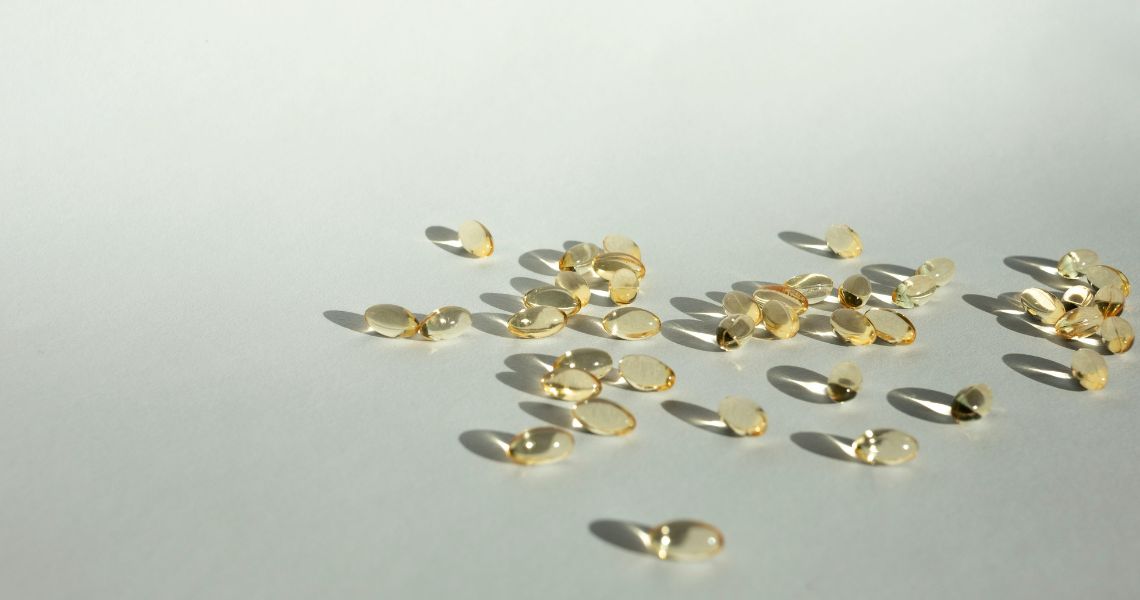Incontinence is a common condition that affects millions of women worldwide, yet it remains a topic many feel uncomfortable discussing. Whether it’s stress incontinence from physical exertion, urge incontinence, or a condition brought on by childbirth or menopause, the impact on daily life can be significant.
However, incontinence doesn’t have to limit a woman’s confidence or stop her from living a full, active life. With the right tools and mindset, women can manage incontinence discreetly and confidently.
One of the most effective solutions for managing is the use of women’s incontinence panties, which offer both comfort and security. In this article, we’ll explore how women can live confidently with incontinence and the various steps they can take to manage it effectively.
1. Understanding Incontinence is Key
The first step to managing incontinence confidently is understanding that you’re not alone. Many women experience this due to a range of factors, including pregnancy, childbirth, menopause, ageing, and other medical conditions. Incontinence is a natural condition that many women face at some point in their lives, and it’s important to remove the stigma surrounding it.

By educating yourself about the type of incontinence you are experiencing—whether it’s stress, urge, overflow, or mixed incontinence—you can take the right steps toward managing it. Knowing your condition allows you to make informed decisions about treatment options and daily management strategies, empowering you to take control of your situation.
2. Choosing the Right Products
One of the most important factors in living confidently with this issue is selecting the right products to manage leaks. Women’s incontinence panties are specifically designed to offer discreet, comfortable protection, allowing women to go about their day without worrying about accidents. These panties come in a variety of styles, sizes, and absorbency levels, so you can choose the best option for your needs.
Modern incontinence panties are lightweight and resemble regular underwear, making them easy to wear under any type of clothing. With moisture-wicking technology, odour control, and a snug fit, these products provide the security women need to feel comfortable and confident throughout the day.
By using reliable incontinence products, women can continue their everyday activities—whether it’s going to work, exercising, or socialising—without fear of leaks or discomfort.
3. Maintaining an Active Lifestyle
For many women, fear of leaks or accidents can lead to reduced physical activity, limiting their ability to enjoy life to the fullest. However, staying active is crucial not only for physical health but also for mental well-being. Whether it’s running, yoga, or just walking, exercise releases endorphins, helps manage stress, and improves overall confidence.

With the right management tools, such as women’s incontinence panties, there’s no need to stop being active. These products are designed to move with your body, providing protection and comfort during even the most strenuous activities. By continuing to exercise and engage in activities that bring you joy, you can maintain your confidence and enhance your quality of life.
4. Strengthening Pelvic Floor Muscles
A proactive approach to managing incontinence is to strengthen the pelvic floor muscles through targeted exercises. Pelvic floor exercises, often called Kegels, help improve bladder control by strengthening the muscles that support the bladder and urinary tract. Over time, regular pelvic floor exercises can reduce the frequency and severity of your episodes.


The key to effective pelvic floor exercises is consistency. You can do Kegel exercises discreetly throughout the day, whether you’re sitting at your desk, standing in line, or relaxing at home. By incorporating these exercises into your daily routine, you can gain greater control over your bladder, boosting your confidence in managing incontinence.
5. Staying Hydrated and Managing Diet
It might seem counterintuitive, but staying hydrated is essential for managing incontinence. Dehydration can lead to concentrated urine, which irritates the bladder and can worsen symptoms. Drinking water regularly helps keep the bladder healthy and functioning properly. However, it’s also important to avoid drinking excessive amounts of fluid at once, which can put pressure on the bladder.

In addition to hydration, certain foods and beverages can act as bladder irritants and may increase the likelihood of leaks. Caffeine, alcohol, spicy foods, and acidic foods (like citrus fruits and tomatoes) are common triggers. Paying attention to your diet and avoiding these triggers can help reduce the frequency of episodes.
6. Building Confidence Through Support
Managing incontinence is not something that women need to do alone. Whether through medical professionals, support groups, or loved ones, building a support system can make a huge difference in how confidently a woman navigates her condition. Talking to a healthcare provider about your symptoms and treatment options, including incontinence products and possible medical treatments, is a key step in managing the condition.
In addition, connecting with others who experience incontinence can provide valuable insights and emotional support. Many women find that sharing their experiences with others helps reduce feelings of embarrassment and isolation, empowering them to face the problem with confidence.
Living with the condition doesn’t mean compromising on confidence or limiting your lifestyle. By understanding the condition, choosing the right products—such as women’s incontinence panties—and incorporating healthy habits into your daily routine, you can manage incontinence discreetly and comfortably.
Empowering yourself with knowledge, support, and the right tools will help you live a confident, active life, regardless of incontinence.
Images courtesy of unsplash.com and pexels.com












